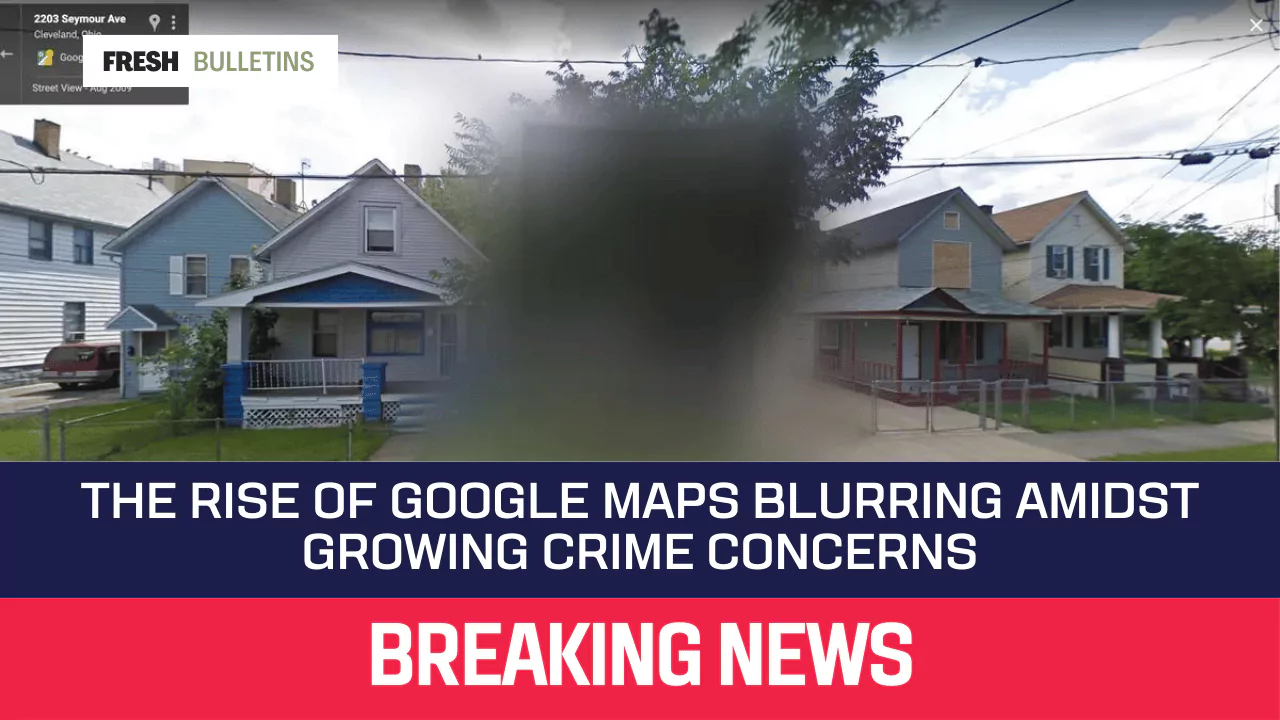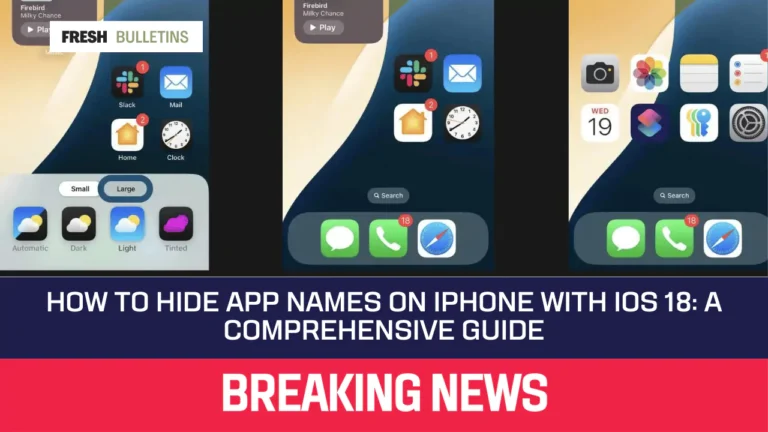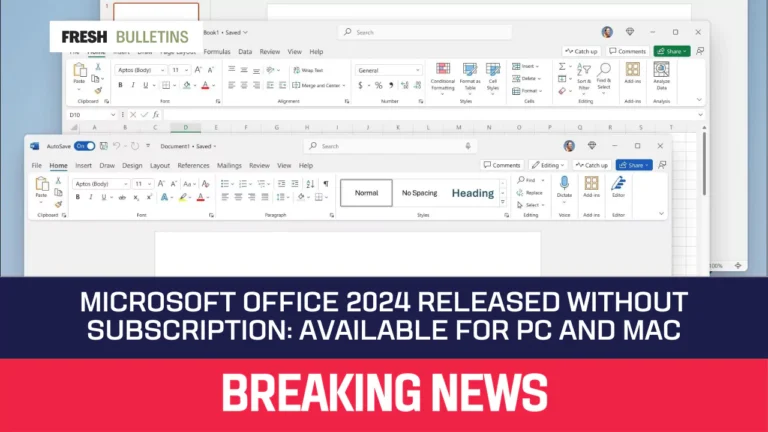The Rise of Google Maps Blurring Amidst Growing Crime Concerns
Recent reports show that more people are using Google Maps to blur their homes for safety reasons. This trend grows from worries about crime, especially burglaries. Many people want privacy to protect themselves and their property. In this article, we will explore why blurring homes on Google Maps is becoming popular, how the process works, and if it really helps keep criminals away.
Why People are Blurring Their Homes?
People feel unsafe due to rising crime rates in many neighborhoods. Reports of burglaries and other crimes have made people more cautious. They want to take action to prevent crime before it happens. One way to feel more secure is by blurring their homes on Google Maps.
Criminals can use online tools to look at streets and homes. They can find out about homes with no security cameras or other weaknesses. By blurring a home, people hope to make it harder for criminals to plan a break-in. Blurring may offer a small sense of safety.
The Process of Blurring Your Home
Blurring a home on Google Maps is an easy process. Users need to find their house on Google Maps. Once they locate their property, they must click on “report a problem” found in the upper-left corner of the screen.
After clicking on this option, a form appears. Users answer a few questions about their home, including why they want it blurred. Then, they submit the request to Google.
It is important to know that once a home is blurred, it cannot be unblurred. This means users should be sure about their decision before they submit the request.
Expert Opinions on Blurring
Experts have different views on whether blurring homes on Google Maps truly helps. Some say it might reduce crime slightly. For instance, Jarid Zuetel, a burglary detective, has spoken to criminals who use Google Maps. They often use these images to choose which houses to break into.
With homes blurred, it becomes harder for criminals to see how a house is set up. They cannot see if there are security cameras or easy entry points. Thus, it might make a house less appealing to a thief.
However, other experts feel that blurring is not a strong solution. Jay Gehringer, a cybersecurity teacher, states that blurring a home may only make it “1% safer.” He believes that many criminals may not rely solely on Google Maps to choose targets. They may still drive around neighborhoods to find homes that look easy to rob.
Additional Safety Measures
Blurring homes can add a small layer of safety. Still, it should not be the only step people take to protect themselves. Homeowners can take various other safety measures. Installing security cameras can act as a strong deterrent. Many cameras can send alerts to homeowners when they detect movement outside the house.
Homeowners can also invest in smart home alarms. These systems come with various features, such as monitoring the home when no one is there. Alarms can alert police in emergencies. Smart lights can also make a house look occupied, even when no one is home.
Engaging with neighbors can create a stronger sense of community. Neighbors can watch each other’s homes, especially when someone goes on vacation. Programs like neighborhood watch can help coordinate efforts to keep homes safe.
The Privacy Aspect
Privacy is an important aspect of this issue. People want to balance feeling secure while ensuring their privacy. Blurring a home on Google Maps can give peace of mind. It offers a sense of control over who can see their property.
However, some might worry about the implications of blurring. Once a home is blurred, it is a permanent action. Any changes in feelings about safety may lead to regret. Therefore, homeowners should carefully consider why they choose to blur their home.
Conclusion
The trend of blurring homes on Google Maps is on the rise amid worries about crime. Many people feel unsafe and seek ways to protect their homes. The process is simple, but it has its pros and cons.
While experts agree it may help a little, it should not be the only method for safety. Other measures, including security systems and community engagement, are also vital. Ultimately, blurring homes provides a small sense of security, but homeowners should be proactive about protecting their properties in many ways.







